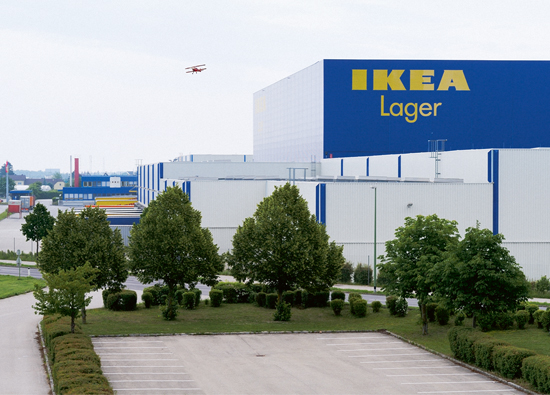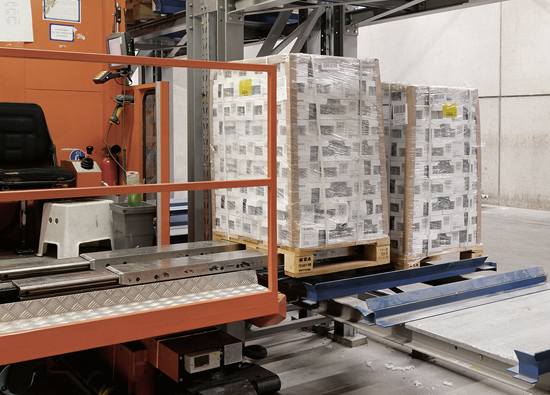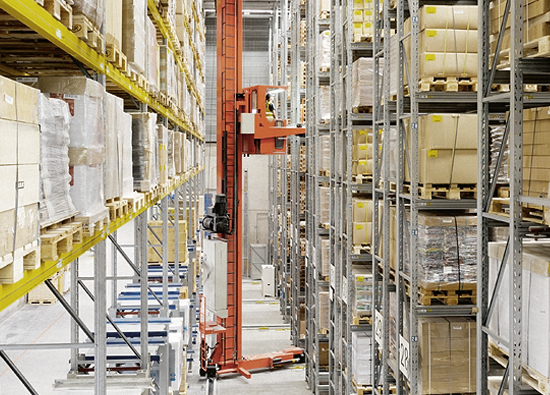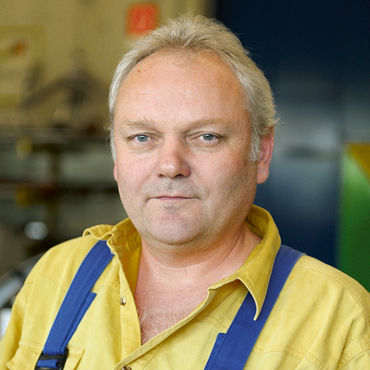
minimal intervention - maximum effect
Wels
IKEA
PROJECTOVERVIEW

In 1989, the IKEA distribution center for central and eastern Europe is put into operation at the railway station terminal in Wels. The manual high-bay warehouse is equipped with 20 rack aisles and a switching aisle. The IKEA Group relies on a partner with innovative switching technology for the stacker cranes: LTW delivers three initially, and then thanks to dynamic development within two years, seven additional devices. LTW has worked with IKEA on three continents since and has installed more than 220 stacker cranes in 11 countries.

In mid-2007, two developments at IKEA Wels provided food for thought. On the one hand, after almost 20 years of reliable operation, the first bottlenecks were appearing in the supply of spare parts. On the other, the supply regions in the group were being redistributed. The distribution center now focuses on the Austrian and Swiss markets. As a result, a sharp rise in capacity requirements is emerging. The Wels logistics team brought IKEA's internal logistics planners on board to manage all global logistics processes.

After a concept phase of one and a half years, the advantages of modernizing the existing plant became apparent: favorable cost-benefit ratio with flexibility in terms of budget and scope of services, no approval procedures, no time-consuming training, and conversion during ongoing operation. Thanks to the well-developed collaboration with the LTW service team, the details of the retrofit program were fixed quickly and pragmatically. Together, the components with the strongest effect on performance, spare parts reliability, and availability were determined.


